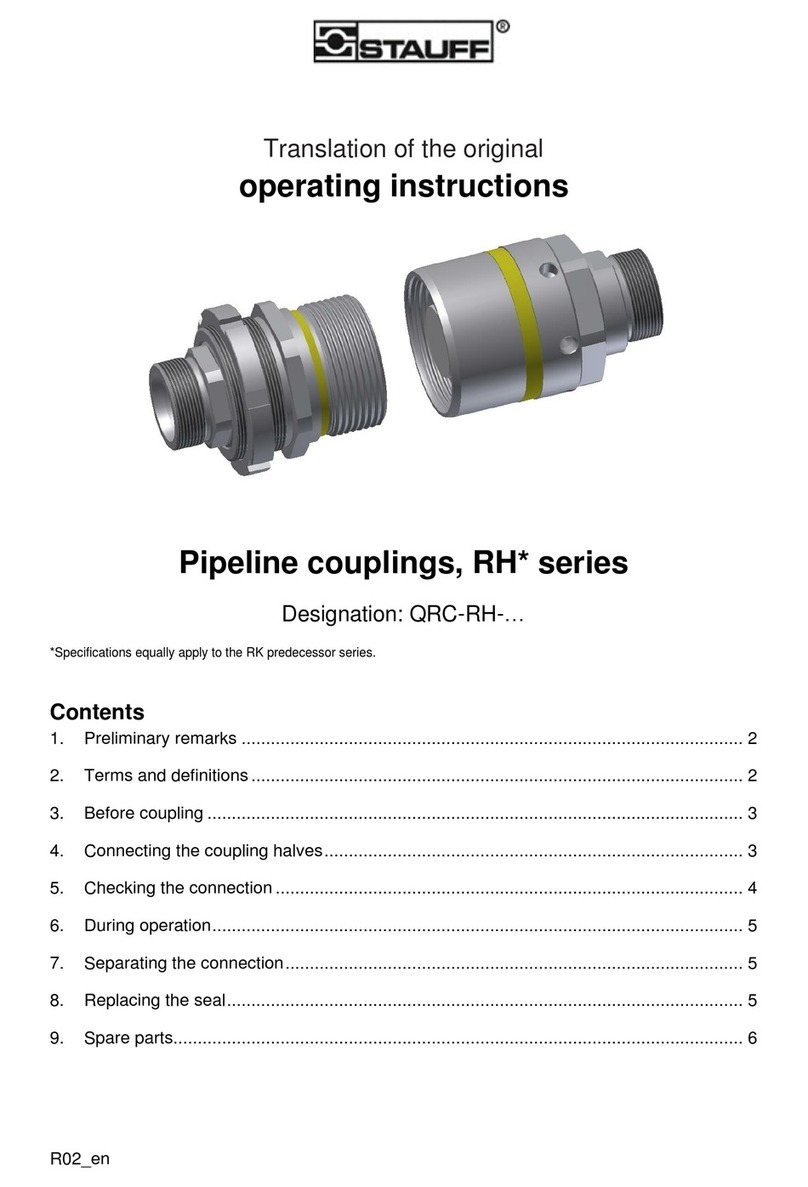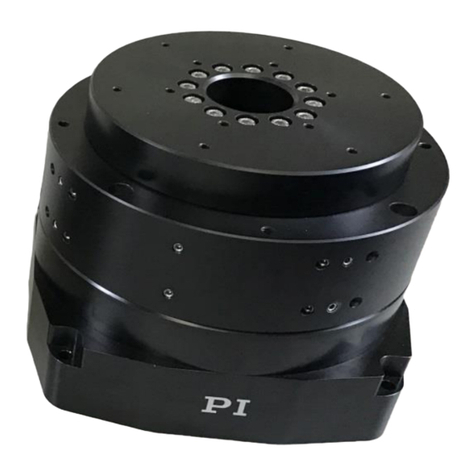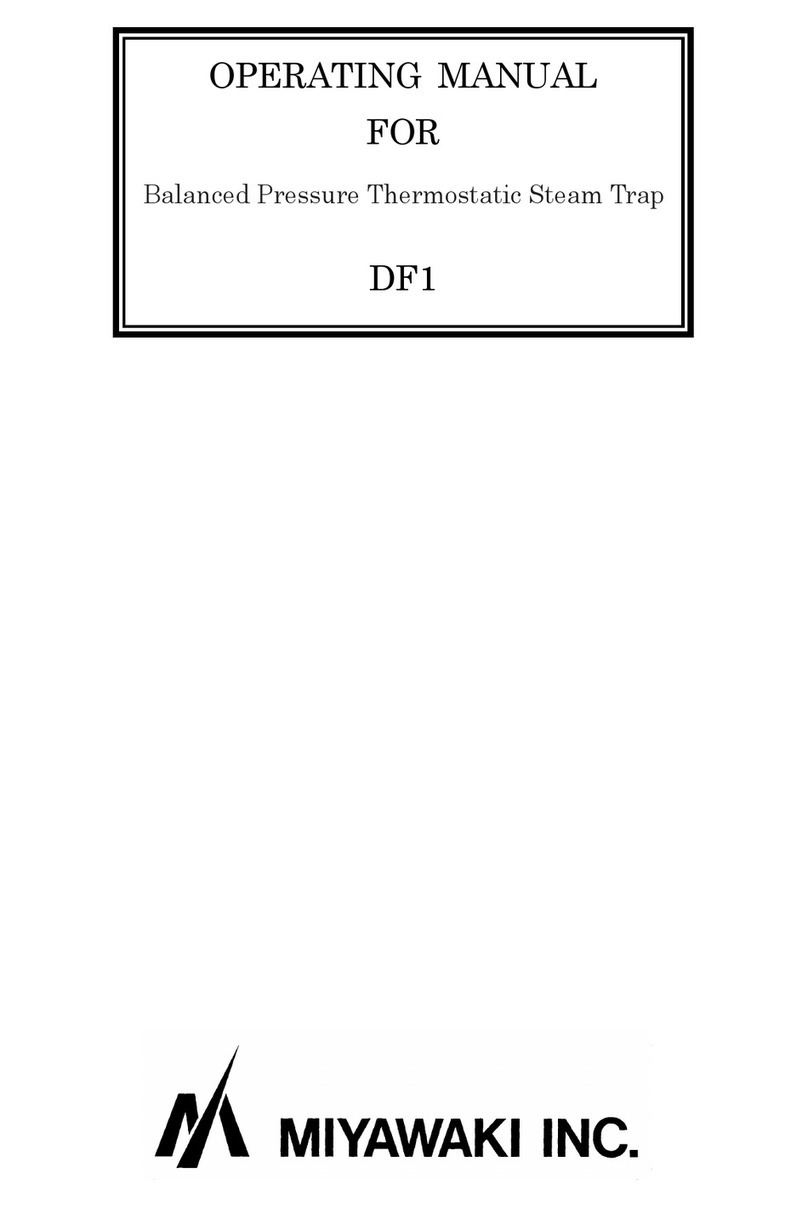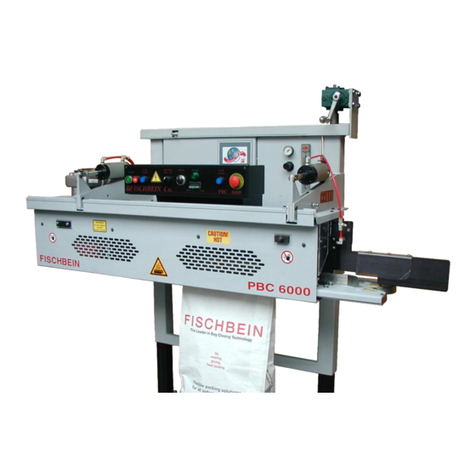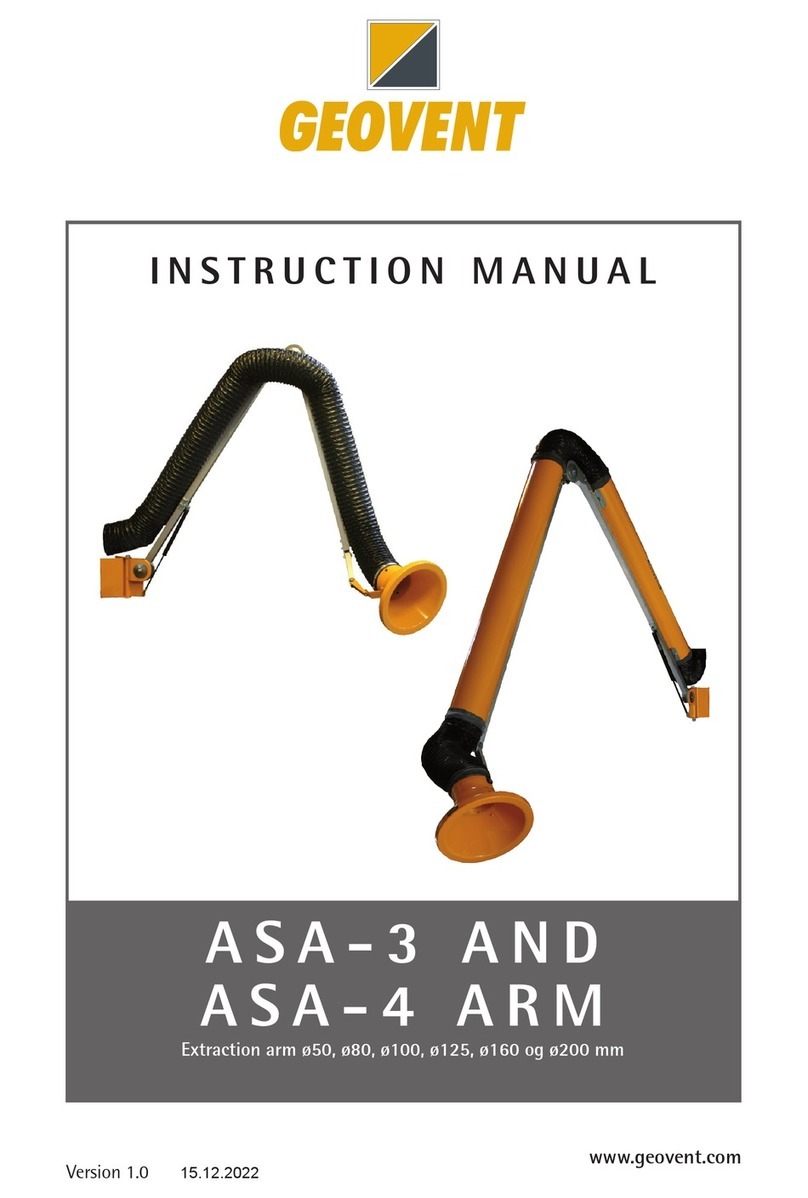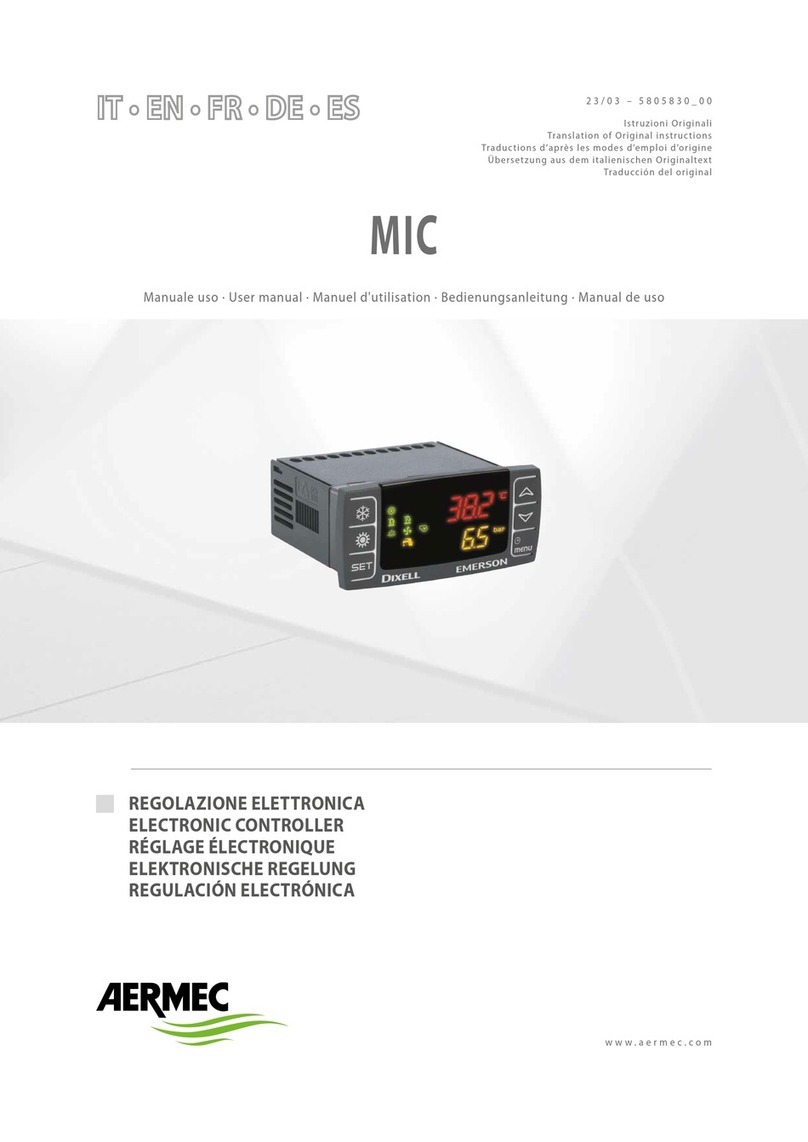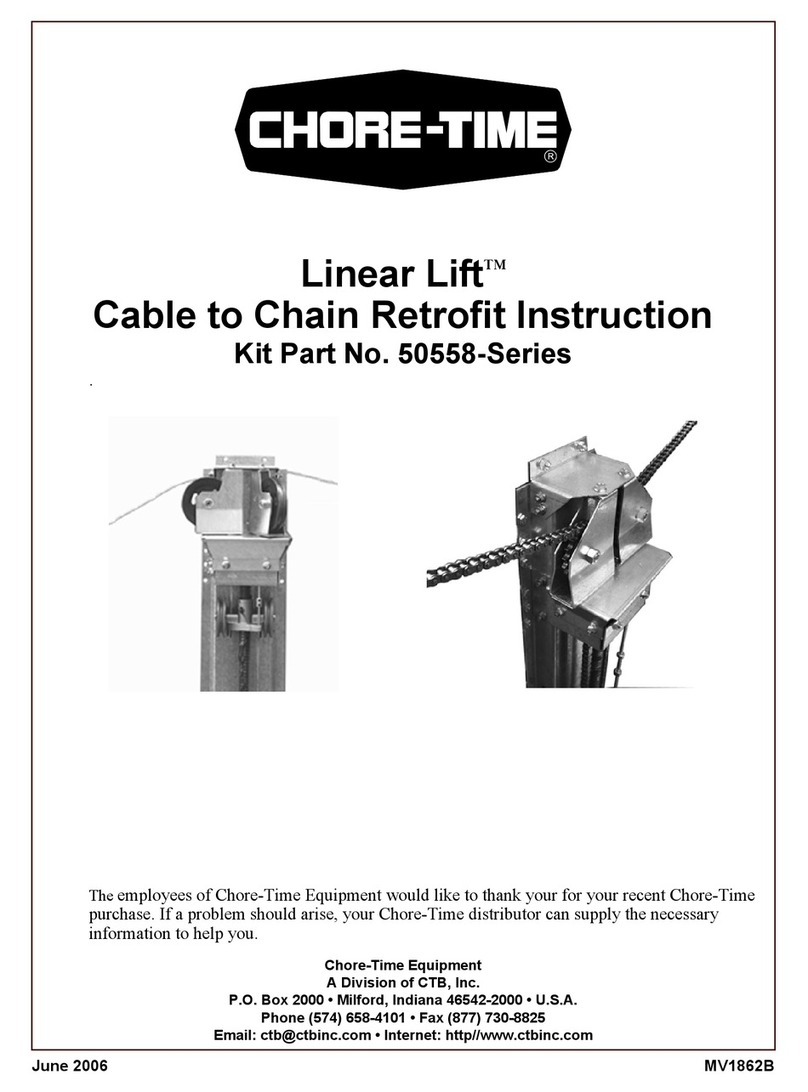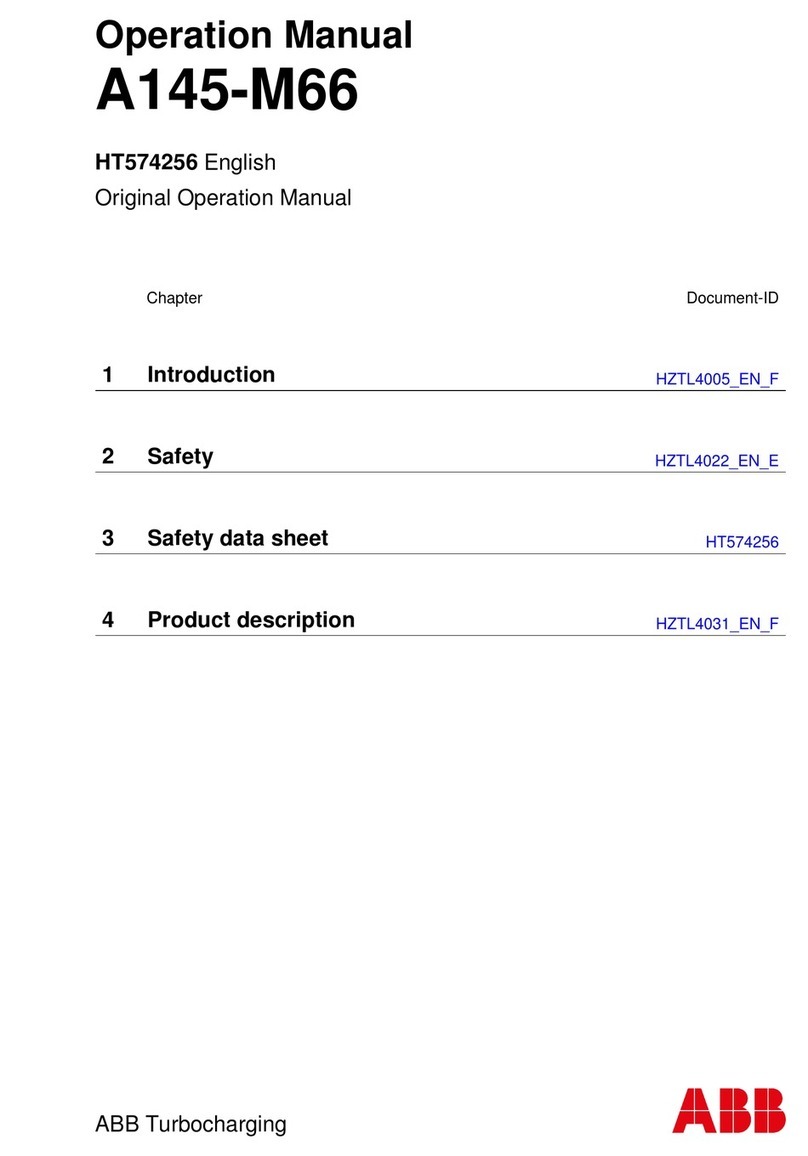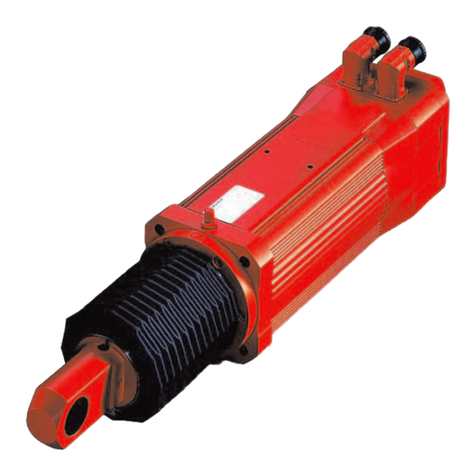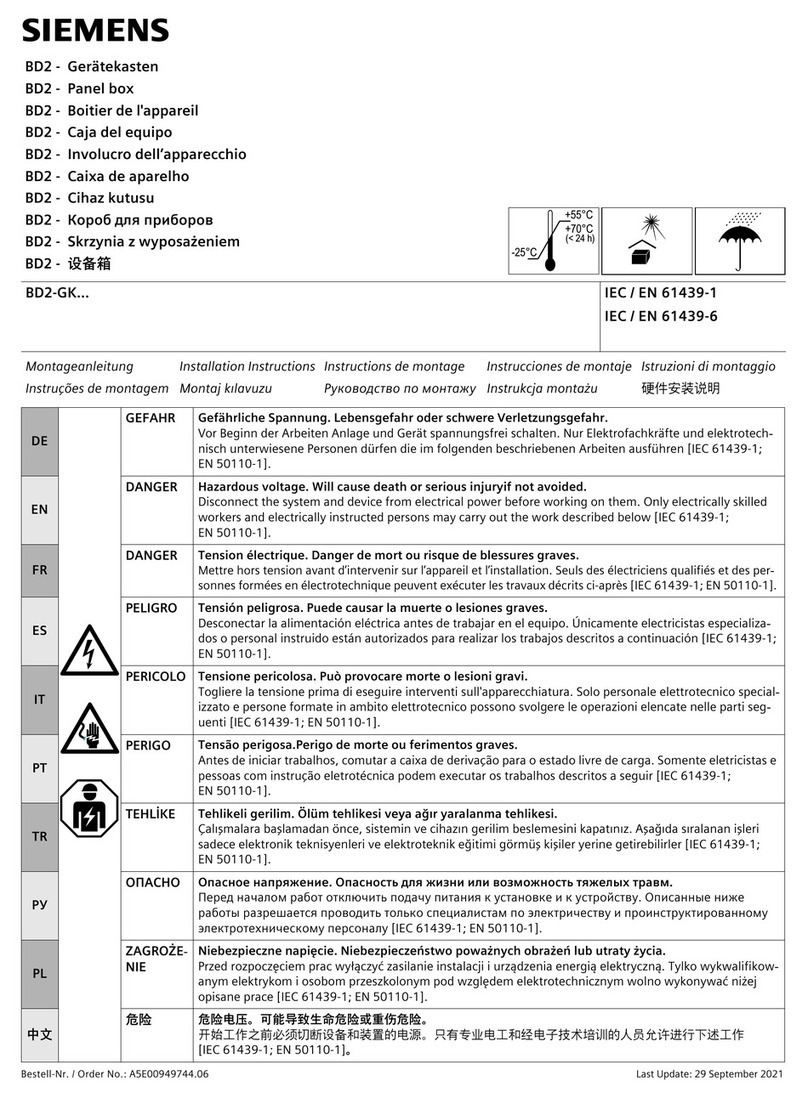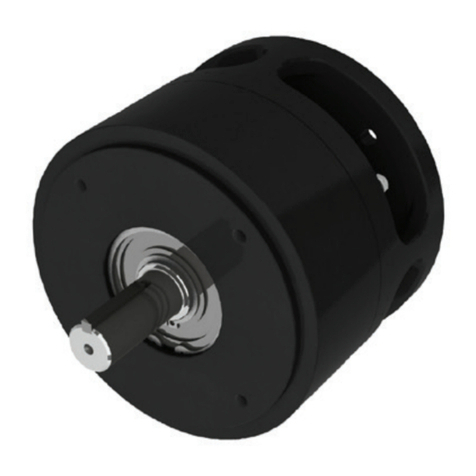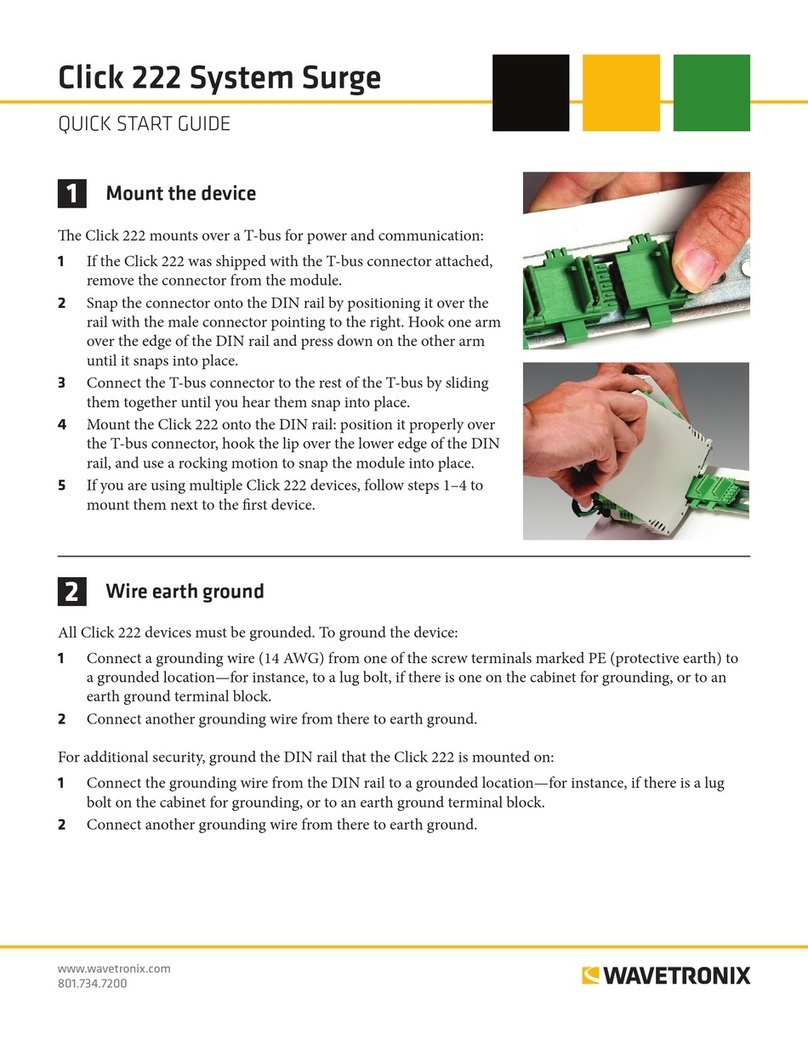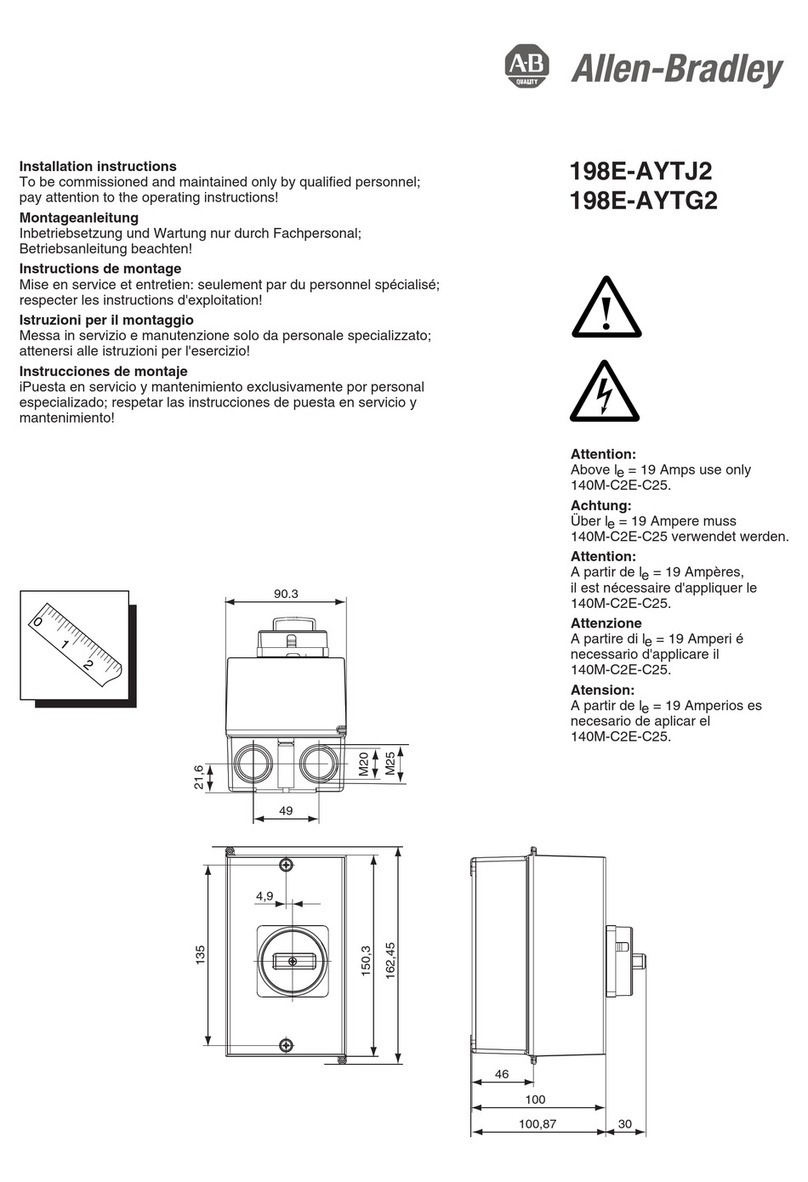STAUFF FT Series Operational manual

Translation of the original
Operating Manual
Flat face threaded couplings series FT
Designation: QRC-FT-…
Old designation: FT…
Contents
1. Preliminary remarks ....................................................................................................... 2
2. Before coupling .............................................................................................................. 2
3. Connecting the coupling halves...................................................................................... 2
4. Checking the connection................................................................................................ 3
5. During operation............................................................................................................. 4
6. Separating the connection.............................................................................................. 4
7. Replacing the seal.......................................................................................................... 5
R0.1_en

2 /5
www.stauff.com
1. Preliminary remarks
First, please read the operating manual for the flat face threaded couplings from the FT series
carefully.
The coupling series for the individual application always has to be selected by qualified
personnel with regard to the operating conditions (pressure, temperature, media).
Coupling halves have tobe checked for damage and corrosion before initial installation or after
prolonged storage.
Safety-relevant warnings are set in bold type in this manual.
The threaded couplings QRC-FT… are operated with high internal pressures. Therefore,
incorrect maintenance as well as improper use can result in injury, damage or impaired
function.
For this reason, compliance with the information in these instructions aswell as regular
maintenance checks are absolutely mandatory. Replace damaged or worn parts.
2. Before coupling
Remove any dust caps and screw into the dust cap of the other coupling half. This protects
both dust caps against dirt. Carry out a visual check of both coupling halves for cleanliness,
damage and completeness.
Use suitable products to clean the coupling halves if they are soiled. Use lint-free cloths and
never use products that could corrode the seals or metallic surfaces of the couplings.
Do not allow foreign substances, such as cleaning agents, water or dirt, to enter into the
hydraulic system during cleaning. For this reason, never direct high-pressure cleaners directly
onto the valves of the coupling halves.
Replace damaged couplings. Replace coupling halves on which individual parts have
become detached. Always replace the components in pairs.
3. Connecting the coupling halves
Place the loose half (female coupling) onto the fixed half (male coupling) so it sits straight,
push the threaded sleeve towards the coupling connector and screw it onto the coupling
connector.
Ensure that the female coupling is not under pressure during coupling. The maximum
permissible residual pressure on the coupling connector is 250 bar. Do not exceed
the residual pressure when coupling.
At the end of the coupling process, the connecting process becomes increasingly more difficult
due to the counteraction of the spring force. If necessary, we recommend the use of a face

3 /5
www.stauff.com
spanner. When tightening, use a second face spanner to counter against the base body of the
coupling connector [fig. 1].
It should be possible to easily connect the coupling halves with a tool. If this is not the case,
check the following:
Has all pressure in the lines to be connected released or is the permitted residual
pressure in the lines exceeded?
Are the threads of the coupling halves not contacting straight?
Is there any damage/soiling?
Brake ring
[Fig. 1] Diagram of male and female connector. Left: Place female coupling on male
coupling. Right: Tighten to the stop with a tool.
4. Checking the connection
It is essential that the male and female connectors are screwed all the way to the stop during
the coupling process [Fig. 2]. This position is reached when the required torque increases
abruptly and when the brake ring (O-ring on the coupling connector) is fully covered by the
threaded sleeve of the female coupling, and when the threaded sleeve of the female coupling
rests against the base body of the coupling connector.
Check correct installation to the stop by positioning the tool once again.
Brake ring
Counter here

4 /5
www.stauff.com
[Fig. 2] Condition: coupled/screwed fully to the stop.
Incomplete connection of the coupling halves can result in the male and female
connectors (loose part and fixed part) separating during operation. Among other things,
this can destroy the seals and cause leaks on the coupling.
5. During operation
Before each start-up and regularly during extended work phases, check whether the coupling
halves are still fully connected and whether any damage is visible on them. If the coupling
halves are no longer connected correctly, re-establish the correct connection (chapters 2 - 4).
Replace damaged couplings.
6. Separating the connection
The operating temperature of the coupling can be above 100 °C/212 °F. For this reason,
ensure that it has cooled down sufficiently after operation before touching. If in doubt,
wear suitable gloves.
Before separating the connection, ensure that the line to be disconnected is not
in operation, i.e. that neither pressure nor media flow are present in the line.
Use the above tools to separate the halves. An excessive release torque can indicate a high
pressure in the connection. If this is the case, depressurise the line before disconnecting.
After the coupling halves have been separated, use appropriate products to clean them
(see also chapter 2), use dust caps to prevent them from becoming soiled and store them
so that they are protected against damage, e.g. from impact by other objects.
No gap

5 /5
www.stauff.com
7. Replacing the seal
Seal sets are available for the coupling connectors
Lightly oil seals before installation. To replace the seal pack, use a blunt object to press the
plunger far enough into the connector until the seal pack or the groove are fully visible.
Then remove the damaged seal (fig. 3 on left). Ensure that the seal faces in thegroove are not
damaged. Then insert the two O-rings (fig. 3, middle) and then the profile seal into the groove
(fig. 3, right). Ensure that the profile seal is not damaged by bending.
[Fig. 3] Removing and installing the seal package
Note: Any dismantling of the individual coupling halves (male/female connectors)
will invalidate the warranty!
Walter Stauffenberg GmbH & Co. KG
Im Ehrenfeld 4
58791 Werdohl
Germany
T: +49 2392 9160
F: +49 2392 916 103
sales@stauff.com
www.stauff.com
Then install
the profile seal
Install the O-ring first
Brake ring
This manual suits for next models
3
Table of contents
Other STAUFF Industrial Equipment manuals
Popular Industrial Equipment manuals by other brands
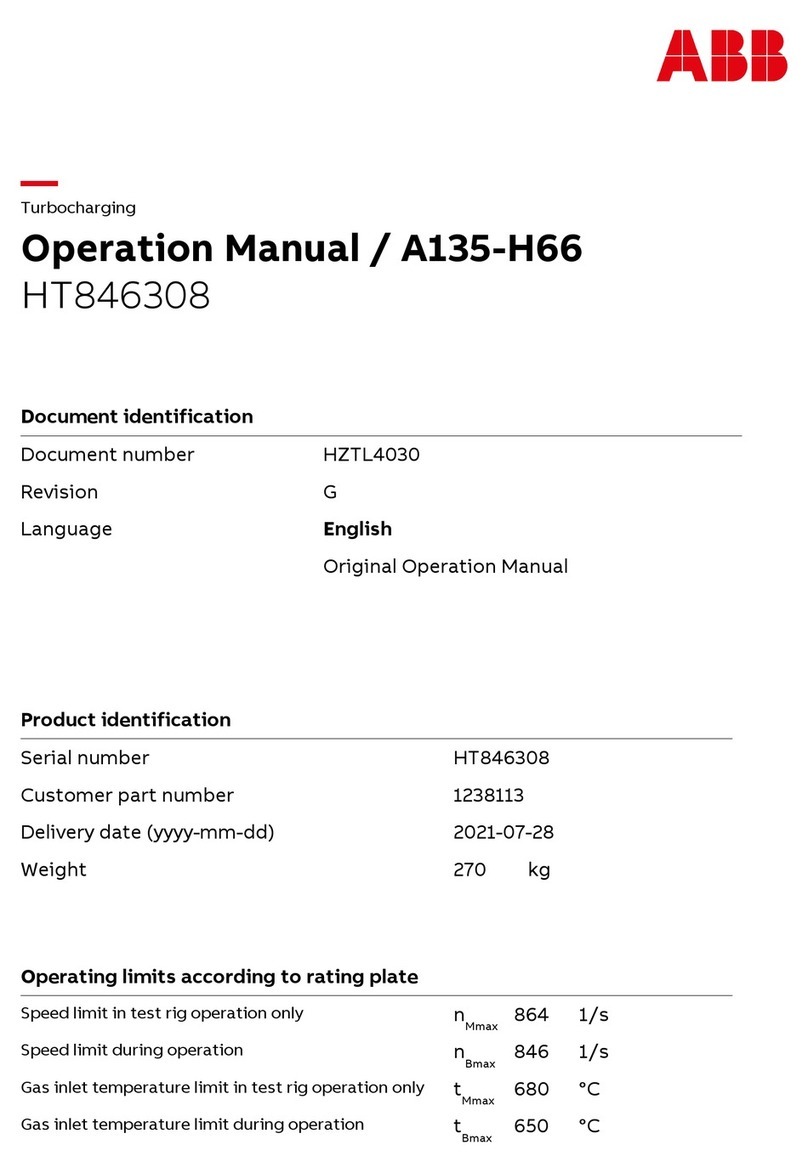
ABB
ABB HT846308 Operation manual
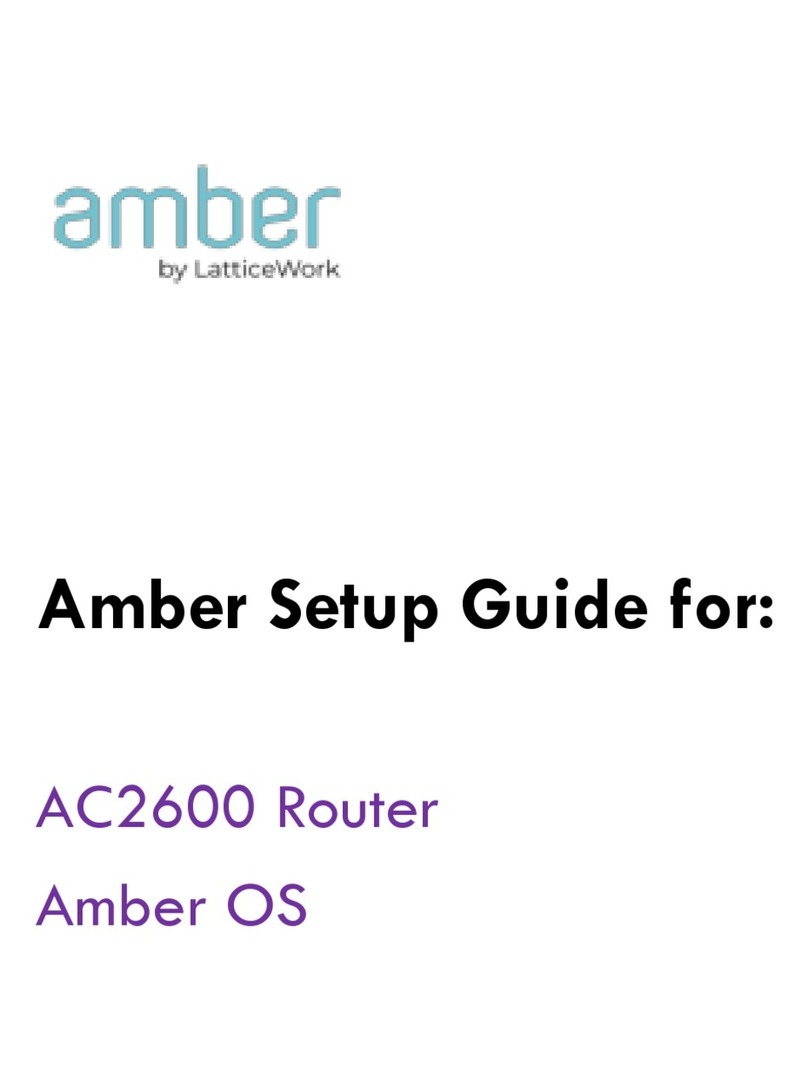
Amber
Amber AC2600 Setup guide
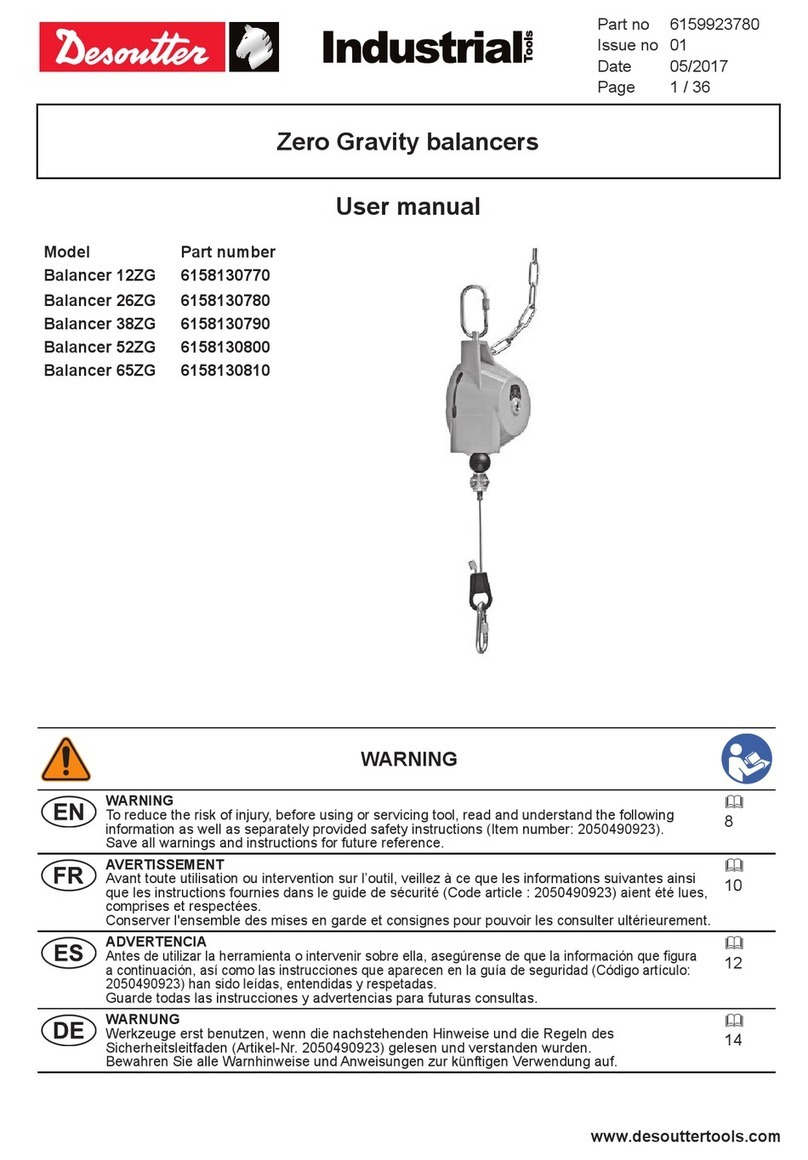
Desoutter
Desoutter Industrial Tools Balancer 12ZG user manual
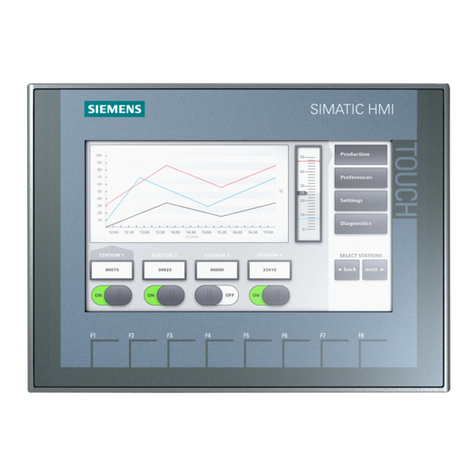
Siemens
Siemens SIMATIC HMI KTP400 Basic quick start guide
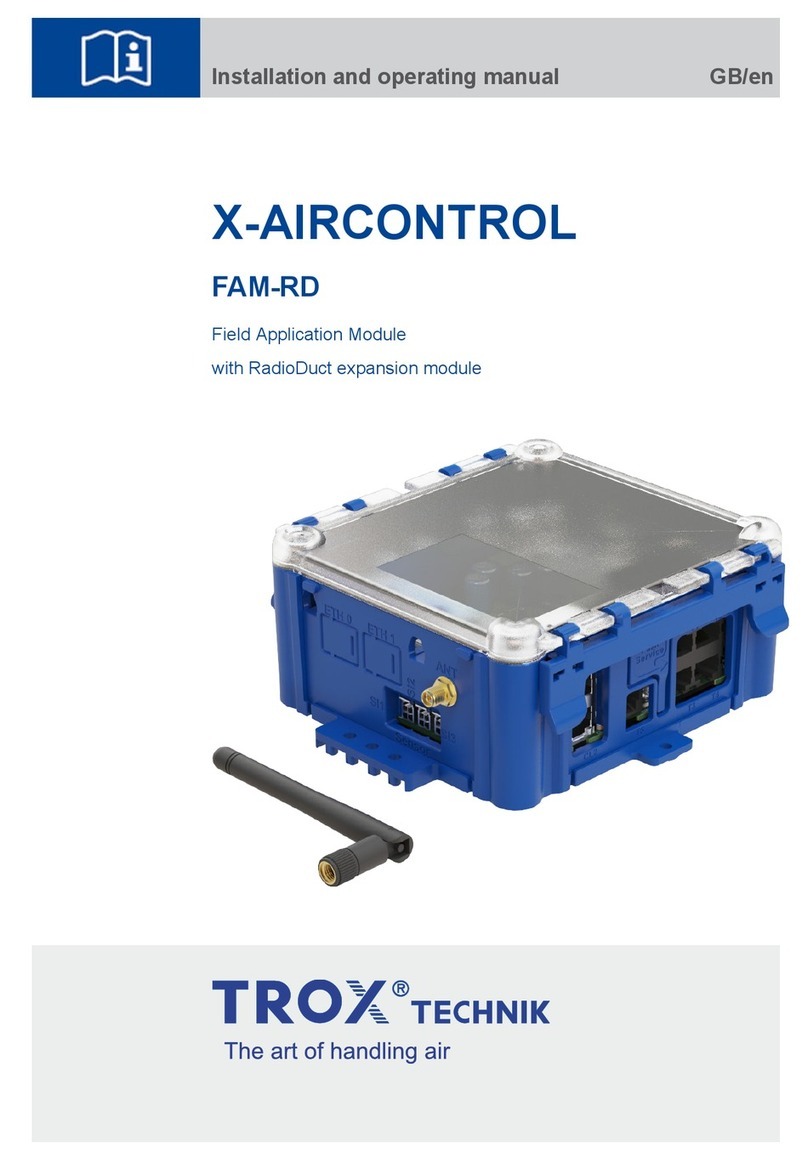
Trox Technik
Trox Technik X-AIRCONTROL FAM-RD Installation and operating manual
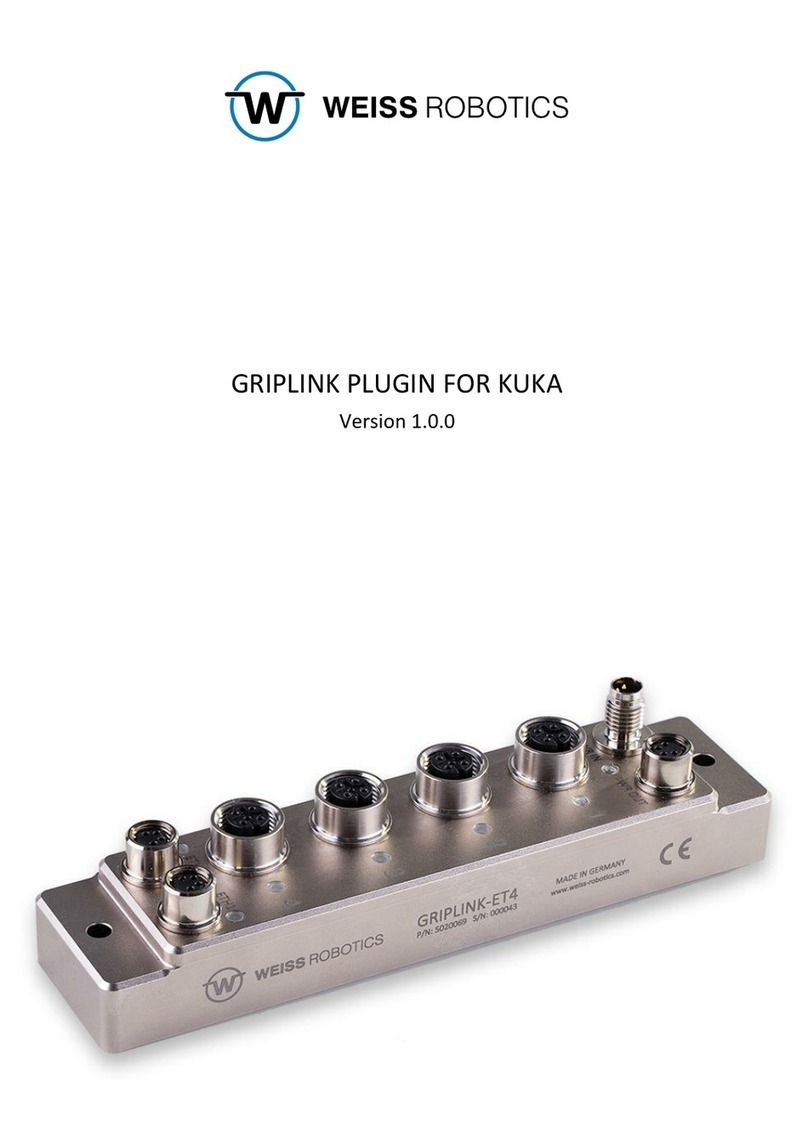
WEISS ROBOTICS
WEISS ROBOTICS GRIPLINK manual
